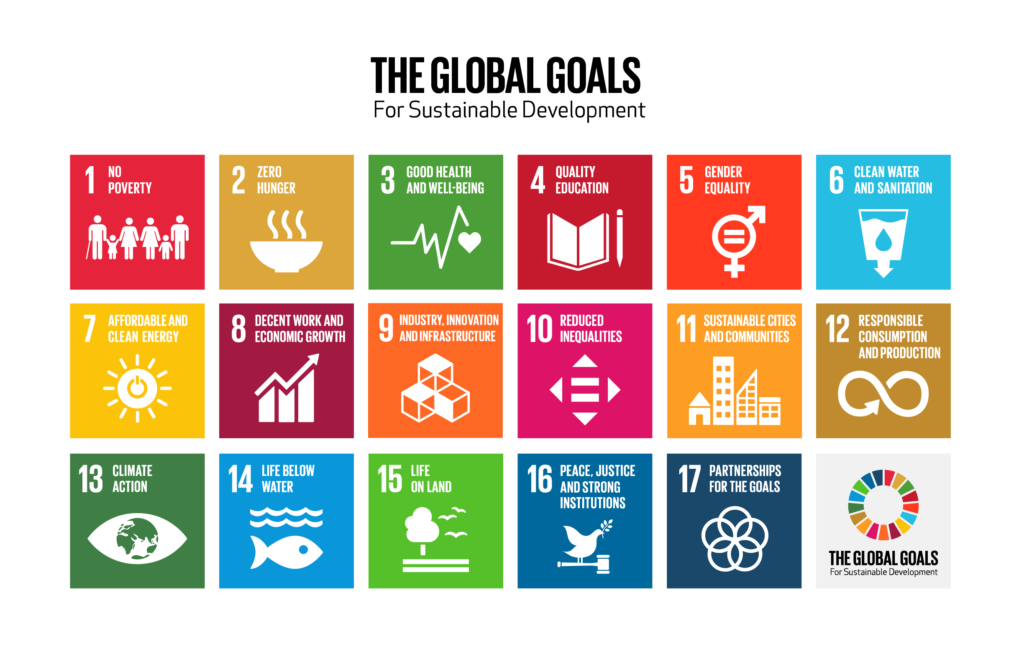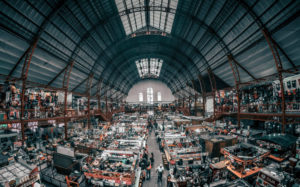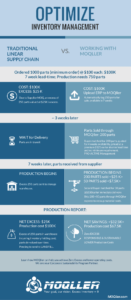
Making a difference: fact vs. hype
Heard on the news everyday: global warming, climate change, and other devastating environmental issues due to human overpopulation and lifestyles. While most of us can feel good about “doing our part” by bringing reusable cloth bags to the grocery store and sorting recyclables and compost from our garbage, are we truly doing enough? The abundance of information and misinformation about which actions actually help vs. hurt impedes progress and reduces commitment toward real improvements in environmental sustainability.
Are we actually recycling or wish-cycling? Is clean energy really clean? Is it alright to use plastics as long as we recycle them, or is the recycling system broken?
Taking action: empower with knowledge
One thing is clear: data shows that climate change is a very real and pressing issue threatening the future of our planet. The impact is pervasive and multifaceted, and it really needs and deserves attention and support from everyone. Where do you start? First, empower yourself with credible information and use deductive reasoning to sift through the deluge of mixed information. Be sure to refer to reliable sources to form a solid foundation of trusted knowledge on which to build an accurate understanding of the issues.
Start your research here to learn about the United Nations’ 17 Sustainable Development Goals (UN SDGs) to which 190 world leaders committed in order to achieve a sustainable world. Encourage your family and friends to do the same. Pick one or two goals that appeal to you personally, and research more to understand what you can do to make a difference in supporting a global initiative. Once you distinguish hype from facts, share that knowledge on social media to raise awareness and motivate others. We can all contribute in a productive way if we have the facts. Let’s move from just talking about it to doing something positive about it.
Eliminate e-waste and excess with MOQller
In support of Goals 3,6, 8, 11,12, and 14 from the UN SDG, MOQller has a mission to help manufacturing businesses with responsible consumption and management of precious resources. Businesses today regularly buy too much inventory for production due to their suppliers’ minimum order requirements. The excess inventory is typically scrapped as e-waste in landfills. E-waste poses serious health issues, accumulating about 52.2 million metric tonnes by 2021 and anticipated to reach 120 million tonnes per year by 2050. MOQller is working to break this upward trend. The MOQller solution is an online shared economy marketplace that connects businesses to sell, share, or redistribute excess inventory from production in a responsible manner and eliminate the need to scrap it as e-waste. Join us in reducing our carbon footprint and let’s work together.
Spread the word to save the earth #Sustainability #ClimateChange #GlobalWarming #GlobalGoals
In support of the UN SDG #12, 13, and 15, MOQller has a mission to help manufacturing businesses with responsible consumption and management of precious resources. The solution is an online shared economy marketplace that connects businesses to sell, share, or redistribute their excess inventory from production rather than scrapping them as e-waste in landfills. This addresses the common issue of buying too much inventory for production due to their suppliers’ minimum order requirements. E-waste poses a serious threat to the planet, with about 52.2 million metric tonnes by 2021 and is anticipated to reach 120 million tonnes per year by 2050. MOQller is working to break this upward trend.



